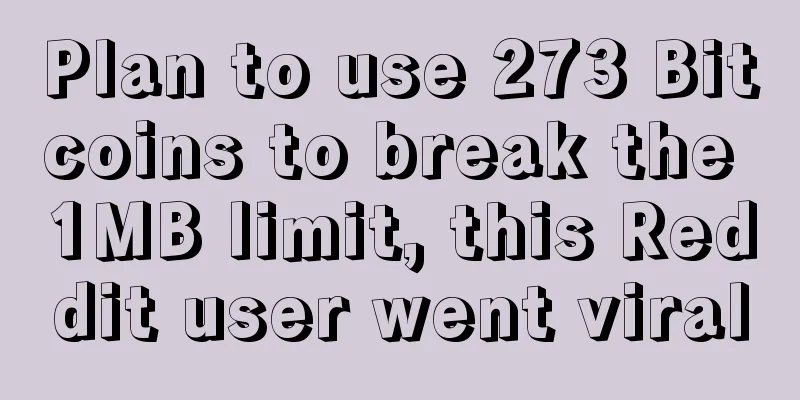Dark Web Processes More Bitcoin Transactions Than BitPay, Study Shows

|
Darknet markets processed more bitcoin transactions than BitPay last year, according to a new study. In a report published this week, Kyle Soska and Nicolas Christin of Carnegie Mellon University revealed that even by conservative estimates, six major dark web markets were selling as much as $650,000 worth of bitcoin per day in 2014. According to the annual report released by BitPay last year, in 2014, BitPay processed $158.8 million in Bitcoin transactions throughout the year, averaging $435,000 per day. The report states:
Previous studies have relied on the total number of drug listings on each site, but Christin and Soska used sellers' scoring feedback to make their estimates, with each review counted as a product sale. According to their own explanation, this is an important factor because popular drugs can have many feedback scores, and some drugs even have cumulative sales of over $1 million. After two years of observation and research, the two researchers scraped and analyzed data from more than 35 different dark web sites and found that there are still large differences between sellers. Only a small minority (the elite) made any significant profits. In contrast, most sellers (70%) would not sell more than $1,000 worth of drugs.
This situation is similar to BitPay's industry data. Researcher Tim Swanson said that compared with small merchants accepting Bitcoin payments, a few large merchants account for the majority of transactions, and Bitcoin payments conform to In BitPay’s recent report, gift card sales accounted for 9% of total transactions. Given that there are not many merchants offering gift card services on the market, Swanson said that these transactions are likely to come from Gyft and e-Gifter, which have the largest market share. If we follow this logic, the data in the rest of the BitPay chart points to a view that the vast majority of Bitcoin transactions in the market are actually driven by a few companies. ---- |
<<: Bitcoin price drops amid uncertainty over XT release
>>: Nothing is cheaper than proof of work (Part 1)
Recommend
What kind of man has a promising future according to his face?
In today's society, people's standards fo...
People with thin ears have no great fortune and are always busy and toilsome.
People with thin ears do not have much wealth in ...
What will happen if the fate line is slanted and the life is short? Is it a short life?
The art of fortune-telling has existed in China s...
Guo Hongcai joins WINGS Foundation Advisory Board
Mr. Guo Hongcai's rich entrepreneurial experi...
What does a mole on the left corner of the eye mean?
Some people have many moles on their faces, while...
Bitcoin issuance warning
Recently, the issue of additional Bitcoin issuanc...
Analysis of Guan Yu's phoenix eyes and drooping eyebrows
What does Guan Yu’s facial features look like wit...
Strong winds can’t bring in money, so where does the money for liquidity mining participants come from?
Original title: " The strong wind can't ...
test
test...
What does a mole on a boy’s earlobe mean? - Diagram
Moles are familiar to people, but different moles...
Analysis of the face of a man destined to be poor
1. Tooth leakage In physiognomy, if a man has lea...
Filecoin block reward rules that must be read before the mainnet launch
Professionalism and focus, win-win cooperation It...
Illegal operation? Analysis of the criminal case involving USDT
Recently, when we were communicating with some fr...
Where do women with moles on their bodies tend to be very soft-hearted?
Moles are not only present at birth. Many of our f...
What does it mean if a woman has a hump nose?
Women with hump noses have good career luck In fa...









